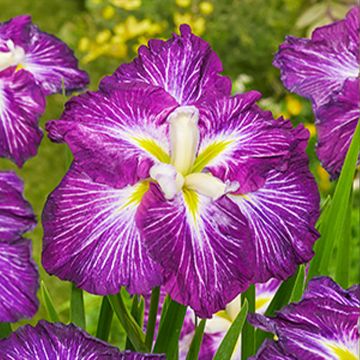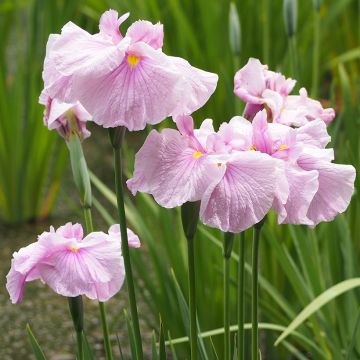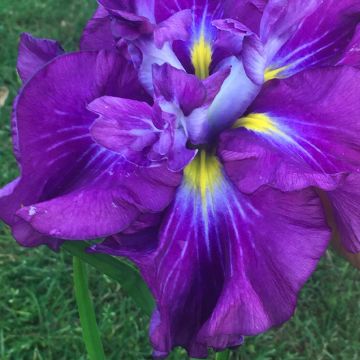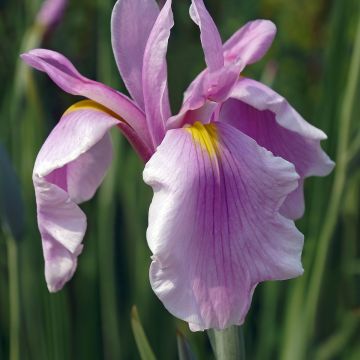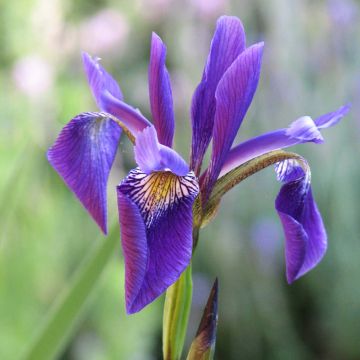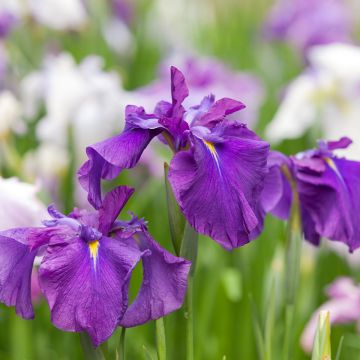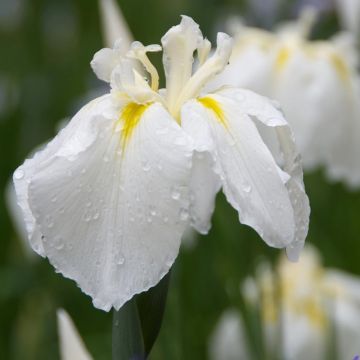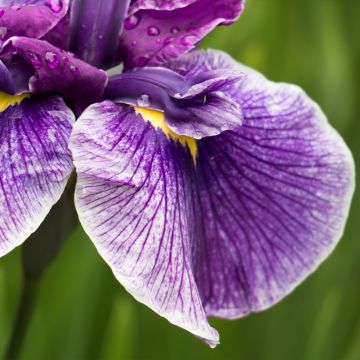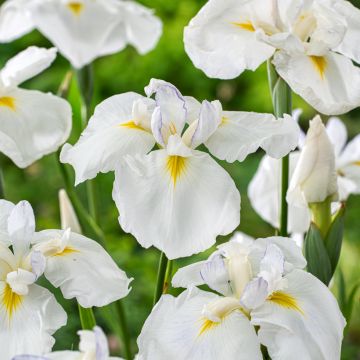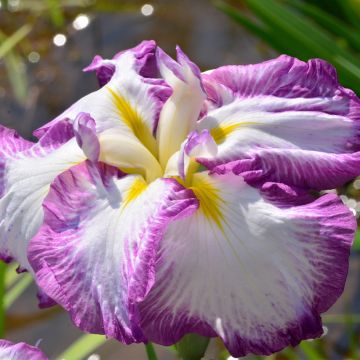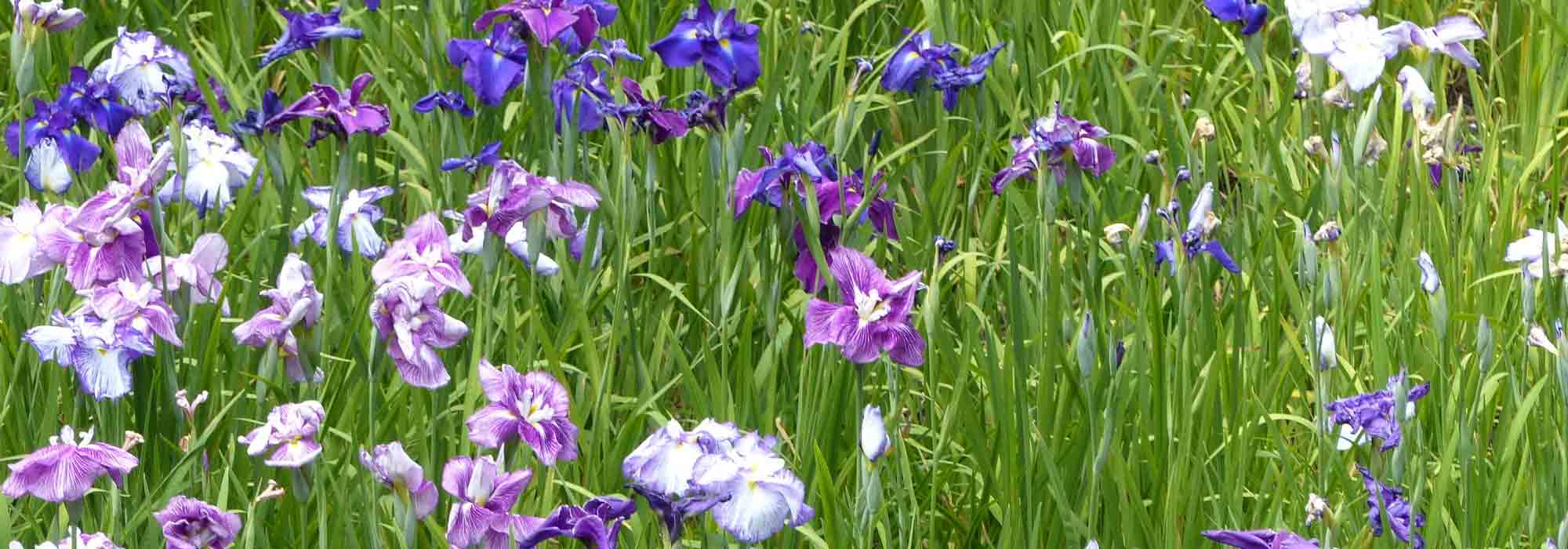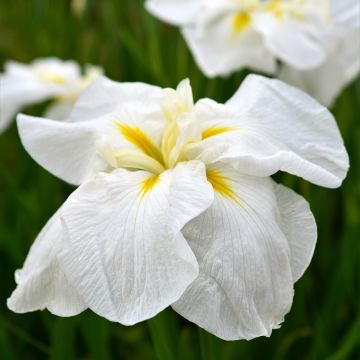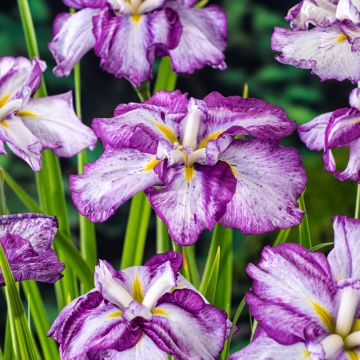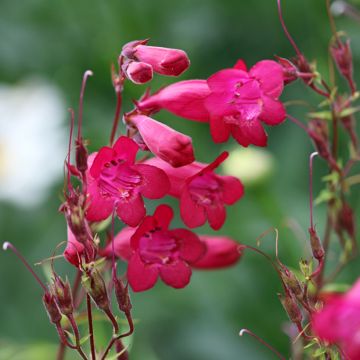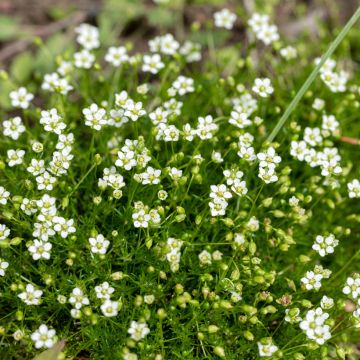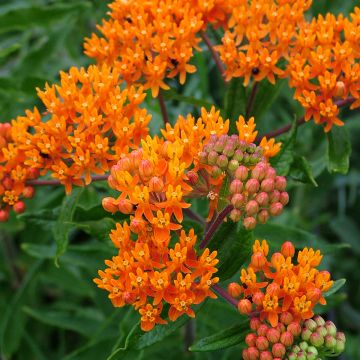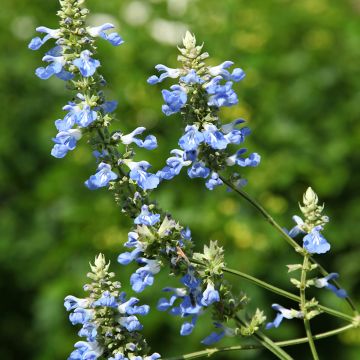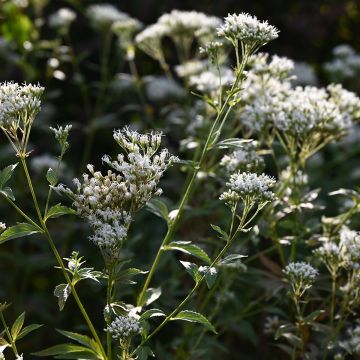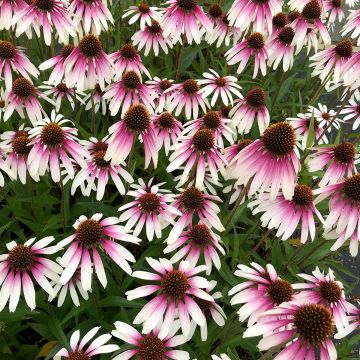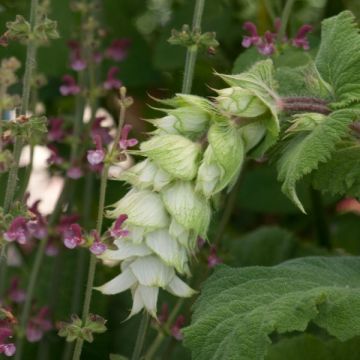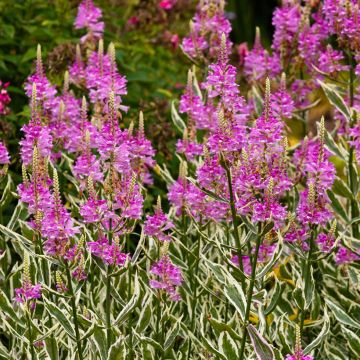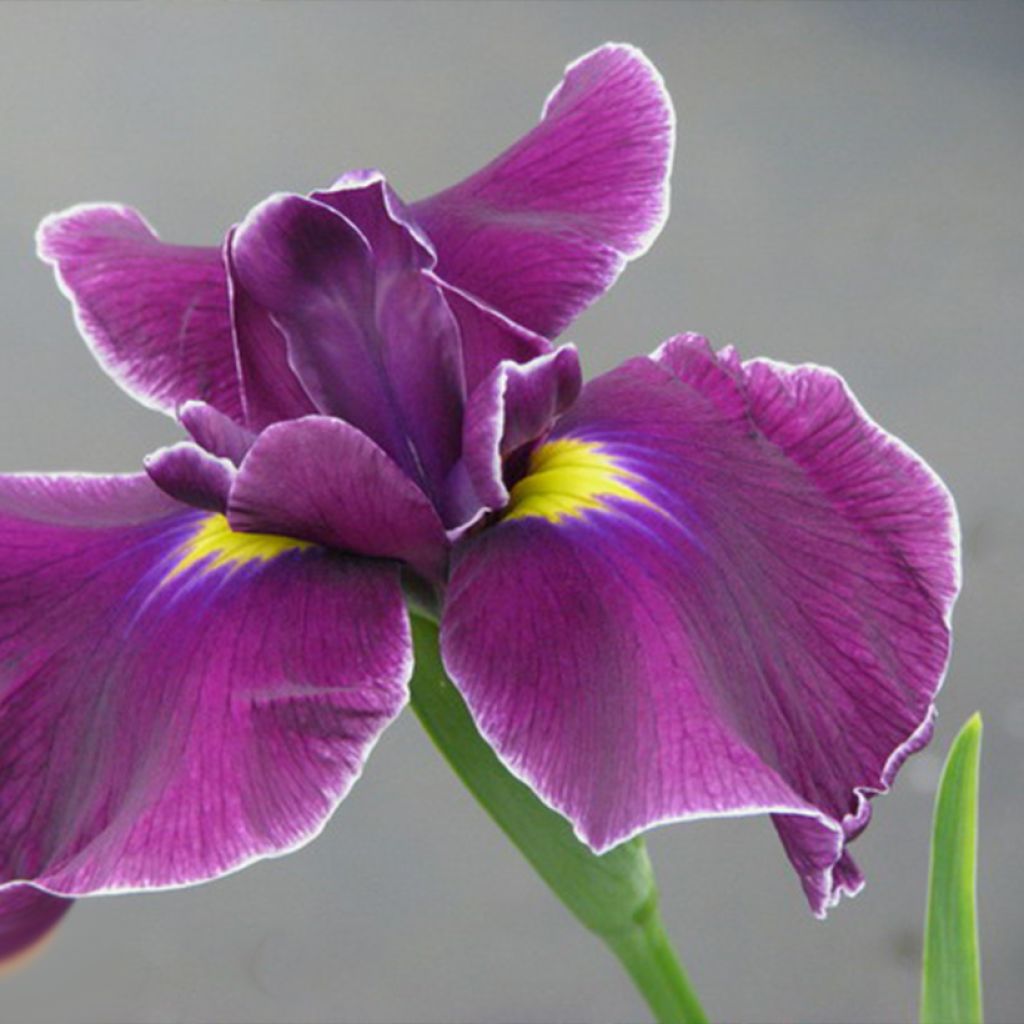

Iris du Japon - Iris ensata Japanese Pinwheel
Iris ensata Japanese Pinwheel - Japanese Water Iris
Iris ensata Japanese Pinwheel
Japanese Water Iris, Sword-leaved Iris, Butterfly Iris
Special offer!
Receive a €20 voucher for any order over €90 (excluding delivery costs, credit notes, and plastic-free options)!
1- Add your favorite plants to your cart.
2- Once you have reached €90, confirm your order (you can even choose the delivery date!).
3- As soon as your order is shipped, you will receive an email containing your voucher code, valid for 3 months (90 days).
Your voucher is unique and can only be used once, for any order with a minimum value of €20, excluding delivery costs.
Can be combined with other current offers, non-divisible and non-refundable.
Why not try an alternative variety in stock?
View all →This plant carries a 12 months recovery warranty
More information
We guarantee the quality of our plants for a full growing cycle, and will replace at our expense any plant that fails to recover under normal climatic and planting conditions.
Would this plant suit my garden?
Set up your Plantfit profile →
Description
Iris ensata 'Japanese Pinwheel' is a particularly elegant variety of Japanese water iris, with large violet-purple flowers edged in white, illuminated by a superb golden yellow spot. This beautiful variety also has the ability to re-flower during the season, if the conditions are right. Unlike our garden irises, this rhizomatous perennial is comfortable in non-limestone and waterlogged soils in summer. Stunning when planted in mass in wet areas and on the banks of water points, Iris ensata were once intensely cultivated in Japan, especially around Edo (the ancestor of Tokyo), for cut flowers.
Iris ensata (synonym kaempferi), hanashōbu in Japanese, better known as Japanese water iris, bear no resemblance to our classic garden irises, except for belonging to the Iridaceae family. The original Iris ensata is a fibrous rhizome plant native to Asia, specifically wet areas in Japan, the Himalayas, and Siberia. These irises, known to be difficult to cultivate, love acidic and peaty soils (cannot tolerate excess limestone), are water-hungry during their growth and flowering period, but appreciate slightly less moist soils in winter: in nature, they are found above the water level, which often decreases in winter and rises again in spring with the melting snow.
The cultivar 'Japanese Pinwheel' is a horticultural creation by Currier McEwen dating back to 1988. This excellent variety has been recognized in dedicated competitions (Honorable Mention in 1990 – Payne Award in 1992). The plant forms an erect tuft, reaching about 1m (3ft) in height when in bloom and 50cm (20in) in width. This iris slowly spreads on the ground through its rhizomes, beautifying year after year. The foliage, deciduous in winter, is medium green and composed of long, slender ribbon-like leaves, sheathing at the base and marked by a prominent central vein. The flowering, more or less perpetual, takes place between May and August-September depending on the climate. Floral stems emerge from the leaf tufts. Each stem bears 2 to 3 large flowers measuring 12cm (5in) in diameter. Each flower is composed of 3 large, flat, and horizontal sepals, topped by 3 much smaller and finer petals. Sepals and petals are violet-purple with a hint of magenta and finely edged in white.
Often cultivated on the banks of ponds and basins, Iris ensata, like many marsh plants, can live with their "feet" in the water during summer, but their rhizomes do not tolerate being submerged during winter, especially if it is freezing. In our gardens, these Japanese irises will thrive in loamy soil, enriched with compost, but not drying out in summer. Plant them, for example, in heavy soil forming a slight depression, at the bottom of a slope, or on a bank where the soil becomes moist through capillarity. Combine Iris ensata 'Japanese Pinwheel' with Anemone rivularis, Darmera peltata, Lobelia 'Queen Victoria', Astilbes, Lysimachias and Ligularias for example.
Flowering
Foliage
Plant habit
Botanical data
Iris
ensata
Japanese Pinwheel
Iridaceae
Japanese Water Iris, Sword-leaved Iris, Butterfly Iris
Cultivar or hybrid
Other Japanese Iris
View all →Planting and care
Iris ensata plants enjoy a damp and marshy, peaty, lime-free soil. They also tolerate a simply moist soil, even if it is not waterlogged, as long as it doesn't dry out in summer. However, they prefer a rather dry soil in winter. We have planted them near an artificial stream, with the water level kept high during the growing season. In winter, we let the level drop by about 15cm (6in), so that the stumps are above the water, as in nature where river levels decrease in winter and rise in spring with the melting snow. Their cold resistance is excellent up to about -18°C (-0.4°F). It is further increased if the soil is dry.
Planting period
Intended location
Care
Planting & care advice
This item has not been reviewed yet - be the first to leave a review about it.
Similar products
Haven't found what you were looking for?
Hardiness is the lowest winter temperature a plant can endure without suffering serious damage or even dying. However, hardiness is affected by location (a sheltered area, such as a patio), protection (winter cover) and soil type (hardiness is improved by well-drained soil).

Photo Sharing Terms & Conditions
In order to encourage gardeners to interact and share their experiences, Promesse de fleurs offers various media enabling content to be uploaded onto its Site - in particular via the ‘Photo sharing’ module.
The User agrees to refrain from:
- Posting any content that is illegal, prejudicial, insulting, racist, inciteful to hatred, revisionist, contrary to public decency, that infringes on privacy or on the privacy rights of third parties, in particular the publicity rights of persons and goods, intellectual property rights, or the right to privacy.
- Submitting content on behalf of a third party;
- Impersonate the identity of a third party and/or publish any personal information about a third party;
In general, the User undertakes to refrain from any unethical behaviour.
All Content (in particular text, comments, files, images, photos, videos, creative works, etc.), which may be subject to property or intellectual property rights, image or other private rights, shall remain the property of the User, subject to the limited rights granted by the terms of the licence granted by Promesse de fleurs as stated below. Users are at liberty to publish or not to publish such Content on the Site, notably via the ‘Photo Sharing’ facility, and accept that this Content shall be made public and freely accessible, notably on the Internet.
Users further acknowledge, undertake to have ,and guarantee that they hold all necessary rights and permissions to publish such material on the Site, in particular with regard to the legislation in force pertaining to any privacy, property, intellectual property, image, or contractual rights, or rights of any other nature. By publishing such Content on the Site, Users acknowledge accepting full liability as publishers of the Content within the meaning of the law, and grant Promesse de fleurs, free of charge, an inclusive, worldwide licence for the said Content for the entire duration of its publication, including all reproduction, representation, up/downloading, displaying, performing, transmission, and storage rights.
Users also grant permission for their name to be linked to the Content and accept that this link may not always be made available.
By engaging in posting material, Users consent to their Content becoming automatically accessible on the Internet, in particular on other sites and/or blogs and/or web pages of the Promesse de fleurs site, including in particular social pages and the Promesse de fleurs catalogue.
Users may secure the removal of entrusted content free of charge by issuing a simple request via our contact form.
The flowering period indicated on our website applies to countries and regions located in USDA zone 8 (France, the United Kingdom, Ireland, the Netherlands, etc.)
It will vary according to where you live:
- In zones 9 to 10 (Italy, Spain, Greece, etc.), flowering will occur about 2 to 4 weeks earlier.
- In zones 6 to 7 (Germany, Poland, Slovenia, and lower mountainous regions), flowering will be delayed by 2 to 3 weeks.
- In zone 5 (Central Europe, Scandinavia), blooming will be delayed by 3 to 5 weeks.
In temperate climates, pruning of spring-flowering shrubs (forsythia, spireas, etc.) should be done just after flowering.
Pruning of summer-flowering shrubs (Indian Lilac, Perovskia, etc.) can be done in winter or spring.
In cold regions as well as with frost-sensitive plants, avoid pruning too early when severe frosts may still occur.
The planting period indicated on our website applies to countries and regions located in USDA zone 8 (France, United Kingdom, Ireland, Netherlands).
It will vary according to where you live:
- In Mediterranean zones (Marseille, Madrid, Milan, etc.), autumn and winter are the best planting periods.
- In continental zones (Strasbourg, Munich, Vienna, etc.), delay planting by 2 to 3 weeks in spring and bring it forward by 2 to 4 weeks in autumn.
- In mountainous regions (the Alps, Pyrenees, Carpathians, etc.), it is best to plant in late spring (May-June) or late summer (August-September).
The harvesting period indicated on our website applies to countries and regions in USDA zone 8 (France, England, Ireland, the Netherlands).
In colder areas (Scandinavia, Poland, Austria...) fruit and vegetable harvests are likely to be delayed by 3-4 weeks.
In warmer areas (Italy, Spain, Greece, etc.), harvesting will probably take place earlier, depending on weather conditions.
The sowing periods indicated on our website apply to countries and regions within USDA Zone 8 (France, UK, Ireland, Netherlands).
In colder areas (Scandinavia, Poland, Austria...), delay any outdoor sowing by 3-4 weeks, or sow under glass.
In warmer climes (Italy, Spain, Greece, etc.), bring outdoor sowing forward by a few weeks.






























